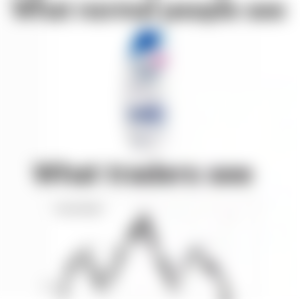Unlocking the Power of Technical Analysis: A Comprehensive Guide for Novice Traders
When it comes to stock trading, two schools of thought prevail. Some traders firmly believe in fundamental analysis, while others advocate for the sole reliance on technical analysis to predict market movements.

Technical analysis involves predicting the future price of a market instrument by examining past price and volume movements. This approach assumes that future investor behavior will follow similar patterns as observed in the past. Critics argue that the market is not bound by historical trends and that tomorrow's outcomes are independent of yesterday. Interestingly, successful traders can be found in both camps, indicating that consistency in applying either approach can yield positive results.
Commonly used tools in technical analysis take the form of charts that depict price and trading volume movements. Line charts, candlestick charts, and Open High Low Close (OHLC) charts are frequently employed. These charts present data falling into different categories, such as trend indicators, momentum indicators, volatility indicators, and volume indicators.

Momentum indicators, like the RSI, aim to identify situations where the market is "oversold" or "overbought." When this occurs, it is highly likely that the instrument's price will soon rise (if oversold) or start to decline (if overbought). Volume indicators, as the name suggests, analyze changes in the trading volume of a particular market instrument. A sudden price change accompanied by an increase in trading volumes often signifies that the market is responding to a significant stimulus, possibly resulting in a substantial price movement. Volatility indicators, including the ATR (Average True Range), visually represent the "normal" price ranges. This helps traders identify when the price breaks out of this range, indicating a potential major price movement.

For novice traders, it is highly recommended to familiarize themselves with the various technical analysis tools available. Personally, a few years ago, I underwent training courses and compiled all my learnings, which I have summarized in this post. The aim is to provide the foundational concepts and knowledge necessary for technical analysis.
Thank you for reading, and I hope you have a good rest of the day!
Follow me on these other platforms where I also post my content: Publish0x || Hive || Steem || Read.Cash || Noise.App || Twitter || Torum


